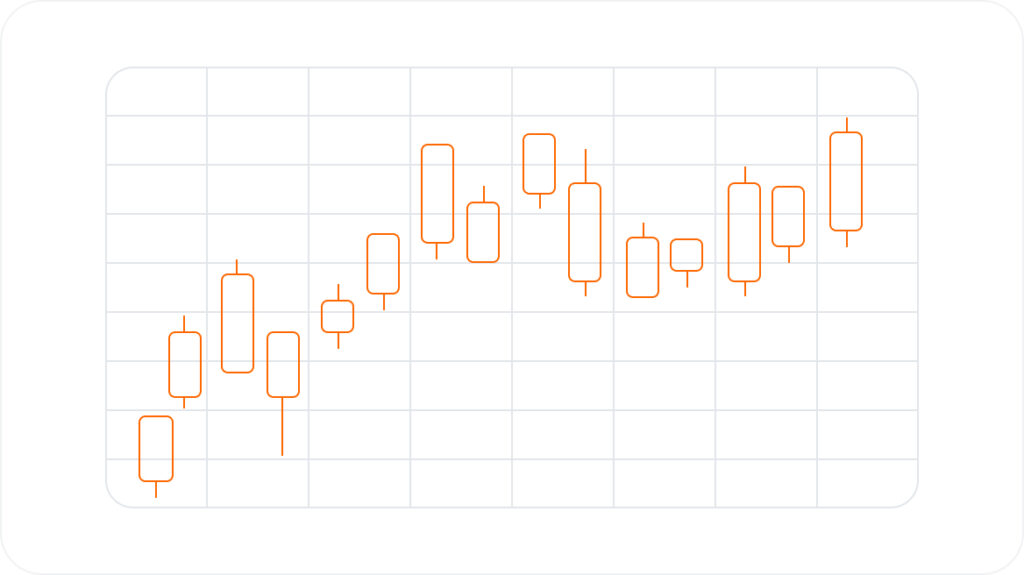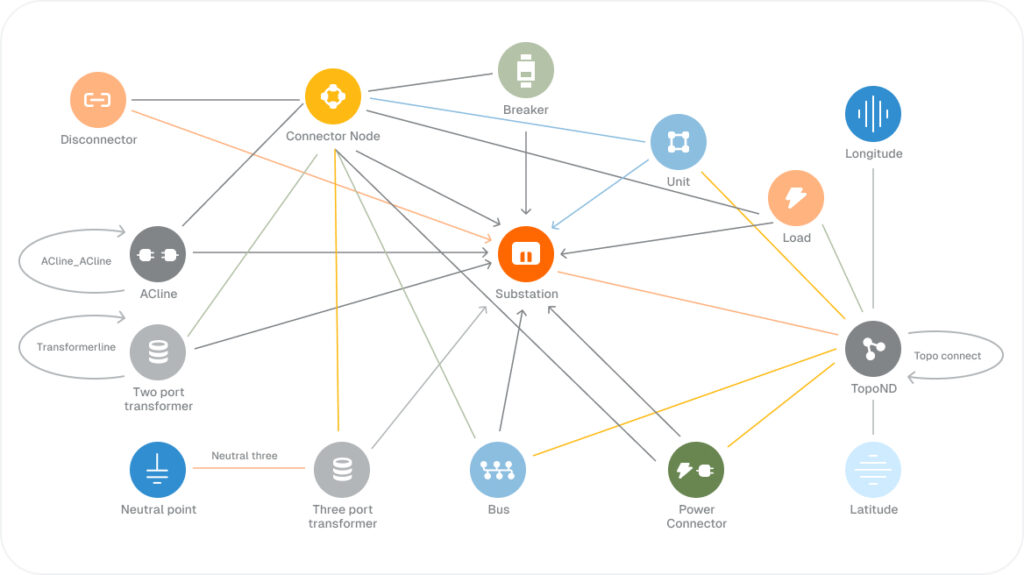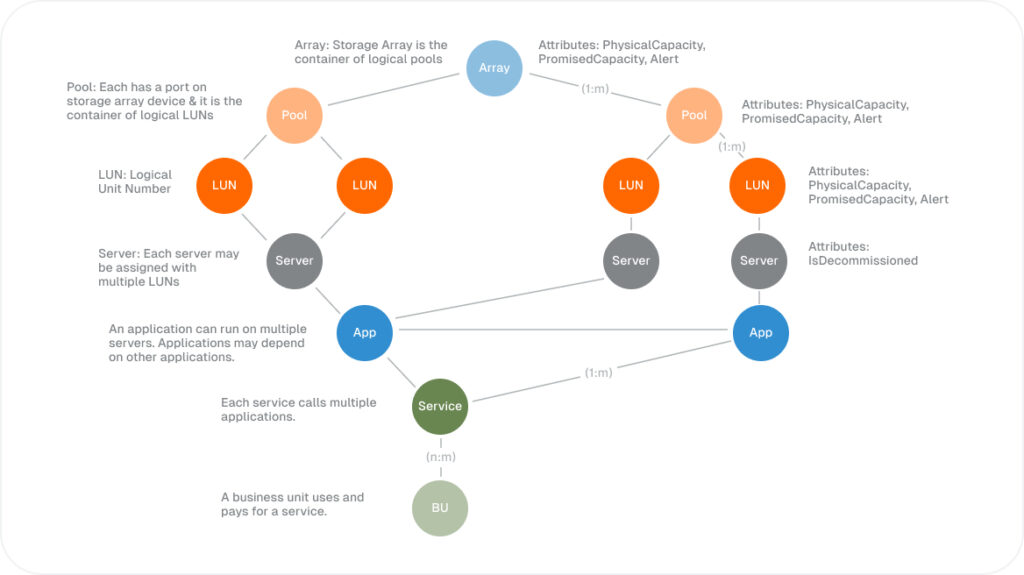

Obtain Insights From Temporal Data With TigerGraph
3.5B
Number of Cellular IoT Connections by 2023
90%
Executives in Technology, Telecom & Media investing in IoT in 2018
79ZB
79ZB of IoT data
Internet of Things Data Is Deluging Utility Companies


Why TigerGraph, a Native Parallel Graph
Database for Analysis of Time Series Data?
Database for Analysis of Time Series Data?
Uncover Insights From Temporal Analysis of Internet of Things Data

Optimize Resources Using Insights Gained From Internet of Things Data


Ready to Harness the Power of Connected Data?
Start your journey with TigerGraph today!